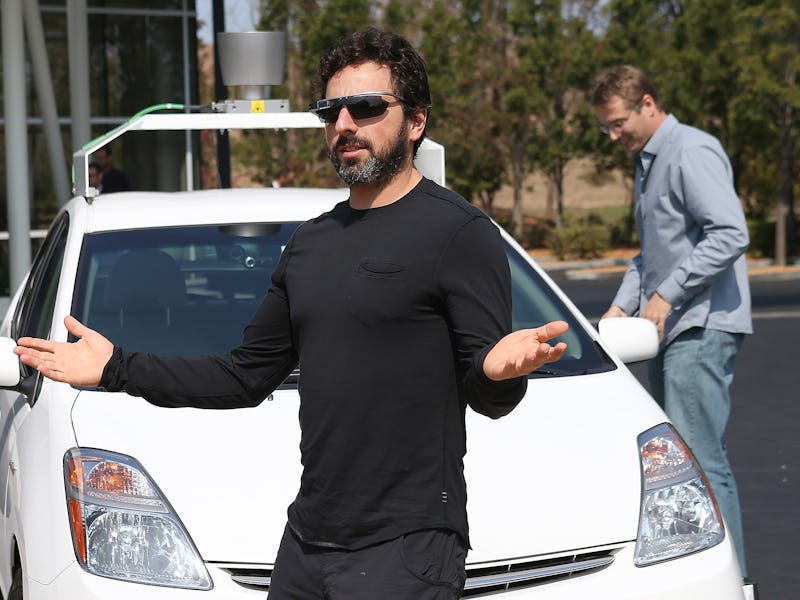Google Should Embrace the California DMV’s Caution on Driverless Cars
We're all headed for a driverless future. Rules will get us there faster.

For the past three years, California roads have been a hotbed of self-driving car tests. As of December 2015, the state’s Department of Motor Vehicles had approved permits for autonomous vehicles manufactured by Ford, Volkswagen, Mercedes-Benz, Delphi, Tesla, Bosch, Nissan, Cruise Automation, BMW, Honda, and, of course, Alphabet (née Google). Google is as wealthy as it is ambitious: It’s serious about stripping out the steering wheel and fighting Uber with driverless taxis. But, on Wednesday, the DMV pulled the emergency brake and did a donut on those driverless dreams, issuing draft regulations that require a human in the driver’s seat capable of taking the wheel.
Google’s jilt was strong, as was the reaction among driverless car enthusiasts. In a statement to Auto News, a representative for Google wrote:
“Safety is our highest priority and primary motivator as we do this. We’re gravely disappointed that California is already writing a ceiling on the potential for fully self-driving cars to help all of us who live here.”
Those are forceful words, and the regulation certainly puts a wrinkle in the plan for consumers who would use driverless cars as chauffeurs or designated drivers and companies who want autonomous fleets of taxis and delivery vehicles.
But if the DMV constructed a ceiling, it’s intentionally building with balsa wood: The department hasn’t finalized the rules, it’s seeking public input, and the three-year permits it’s mandated could be taken as a tacit acknowledgment that the technology is evolving. California has not banned self-driving cars — an outright ban would be idiotic in light of estimates that automation could shrink automotive fatalities to a tenth of what they are now. (Plus, driverless tech is big business in the Sunshine State — unless, you know, everyone moves their vehicles to Texas after the regulations are enacted.) What the agency has done is, essentially, create a beta test, putting driverless cars in the frame it knows best: One with people in them.
In the new draft regulations, the California DMV defines a driverless car operator as:
“The person who possesses the proper class of license for the type of vehicle being operated [i.e., a driver’s license, though you’ll also need to be trained by the manufacturer on how to make the autonomous system work and wrest control back in case of a hack], has direct control over the operation of an autonomous vehicle [this bit is tricky — we’ll get to it in a second], and has engaged the autonomous technology while sitting in the driver seat of the vehicle [there needs to be a steering wheel].”
The worst part of the operator definition is that it gives the DMV someone on whom to pin traffic violations. The best part is that it paves the way for more driverless cars on the road, in the hands of third-party testers, and the public. Is it the free slate Google and other manufacturers want? No. But it’s more cars on the road, and if human co-pilots turn out to be as useless as fallbacks as Astro Teller, the head of Google X division, has predicted, Google will have a pretty easy argument to make.
That excising humans entirely from the system is preferable is not as clear-cut as it may seem. Looking back at 50 years of technological autonomy, MIT’s David Mindell told Inverse in October that we’ve never had a scenario in which absolutely no human input worked best. Are driverless cars the exception? Maybe, but don’t expect the California government to write regulations on the back of exceptions.
We’re all looking forward to the future where commutes are naps and fatal car accidents are obsolete. The DMV has demonstrated three things: Regulating driverless cars is a must; it’s willing to course-correct; and that legislating the future is a nightmare. As long as the first two characteristics remain constants, we’ll wake up from the third.